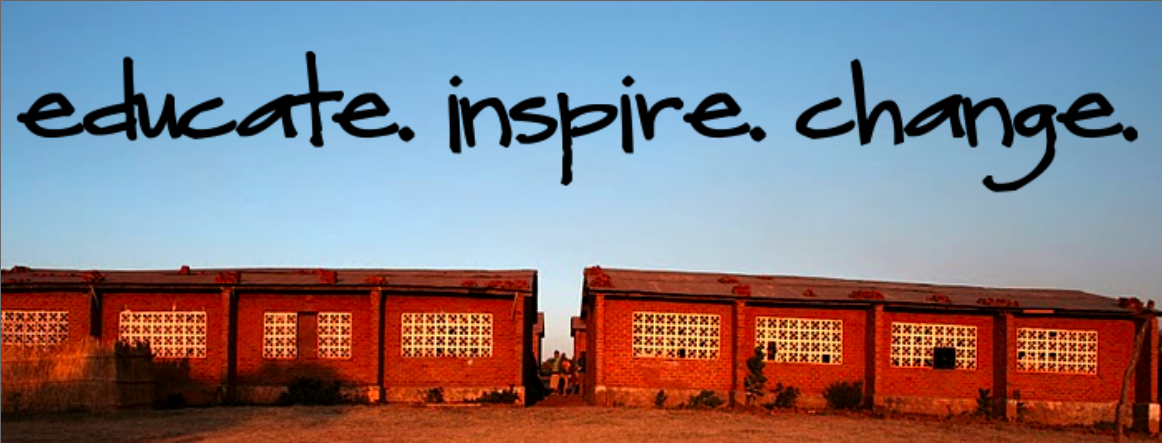This year's theme is "universal access and human rights" and there's a lot to consider. So where do we stand?
33.3 million are living with HIV.
2.6 million were infected in 2009 alone.
1.8 million people died of AIDS last year.
9.5 million need life-saving drug treatment immediately.
14 million children in Africa are AIDS orphans.
30 million, worldwide, have lost their lives.
The numbers are staggering. But they are not without hope.
There's a 20% global reduction of new infections.
54% of pregnant women in Sub-Saharan Africa receive ARVs, up from 15% in 2005.
The pope acknowledged condom use as a means for prevention.
HIV testing initiatives are reaching prisoners in developing countries.
A UN project in Malawi has been distributing female condoms since 2008.
Statistics and news aside, there's much reason to be hopeful. People are talking. Really talking. About HIV. Basic knowledge of transmission and prevention is apparent, now more than ever. This allows us to address the deeper issues of stigmas and gender disparities. Teacher involvement at our camps is rising. Students are starting awareness clubs of their own. The number of VCT centers is increasing.
There's strides towards universal access. NGO workers and ministries advocate for treatment programs. And for the first time, the HIV Millennium Development Goal is in sight. So we wake up today, hearts aching for those that suffer, but also with the hope that we'll reach zero new infections and human rights during this lifetime.
*Statistics gathered from WHO, UNAIDS, & Avert.

No comments:
Post a Comment